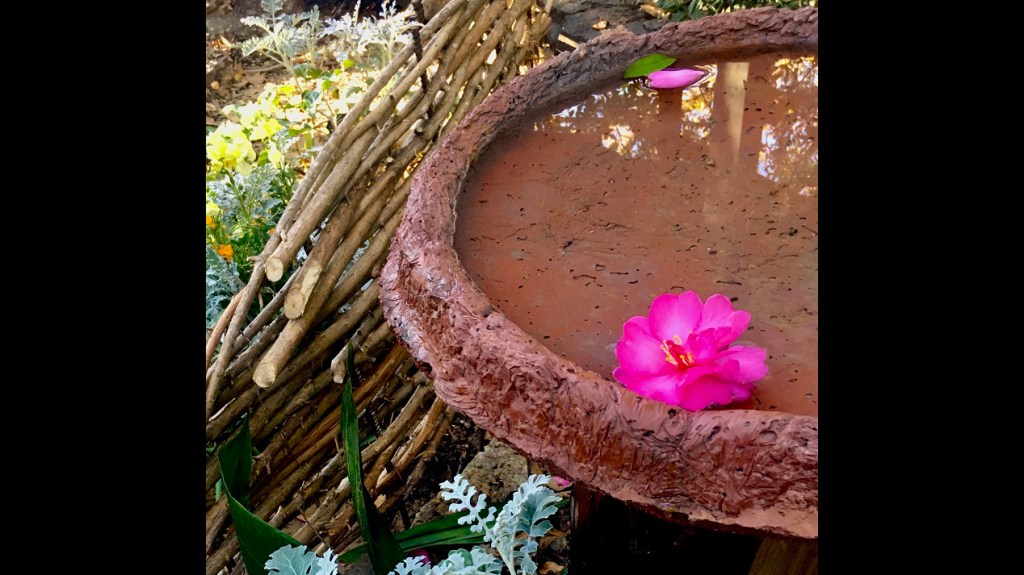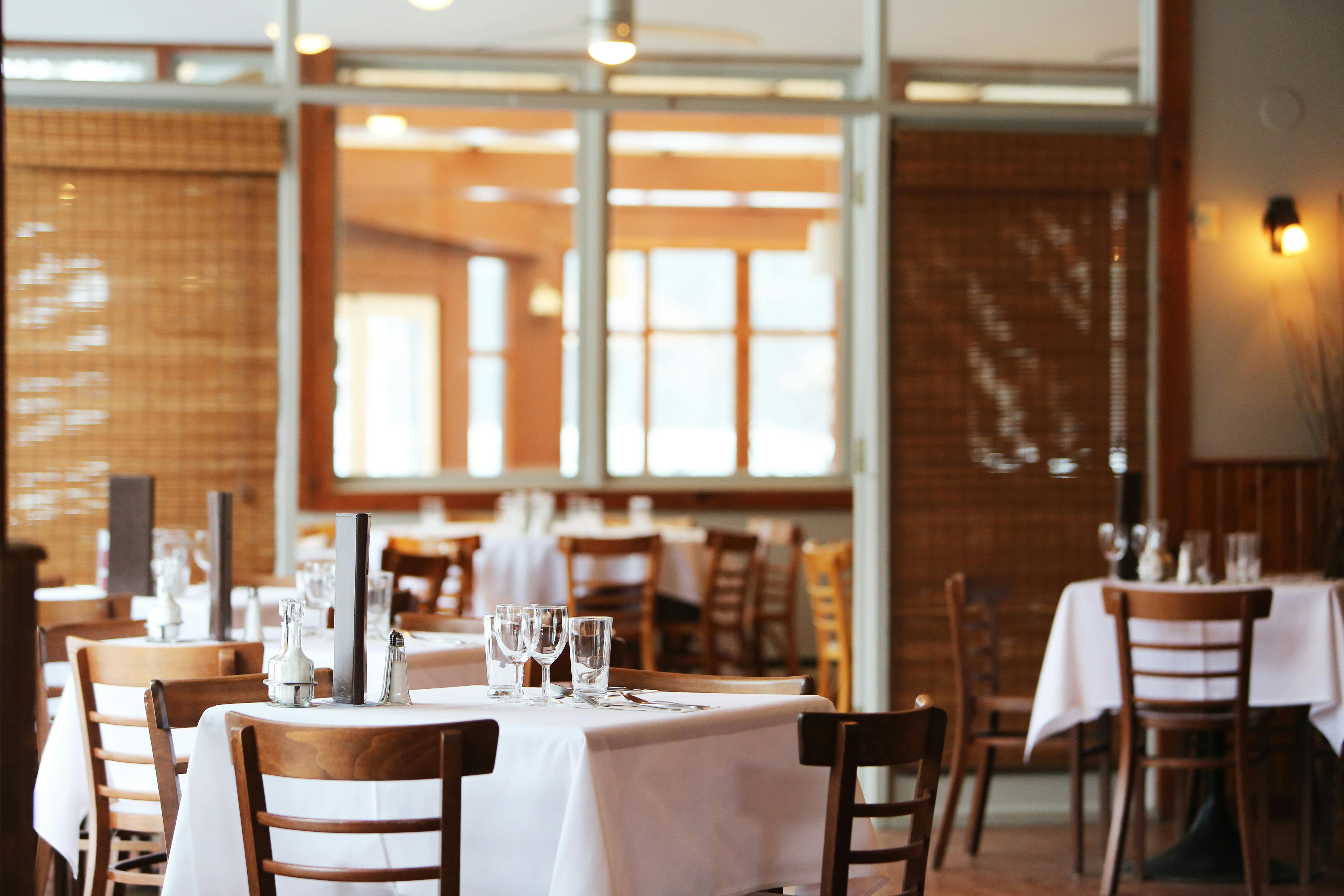My cottage garden is looking awfully like my Granny’s
Published 9:00 am Saturday, November 28, 2020

- Photo by Felder Rushing / Felder Rushing's homemade birdbath and wattle fence
Must. Get. A. Grip. Little artsy crafts are turning my garden into my grandmother’s.
Because I usually travel a lot and live overseas part of the year, I rent my “big house” to medical students, and live in a tiny, cozy pecky-cypress shack in the backyard. Out of an abundance of not much to do and lots of beautiful weather to not do it in, I spent the past week enriching its very private garden with antique-looking garden enhancements.
Unlike the naturalistic street-front strip front with its unruly wildflowers and more contemporary walled front yard which is best viewed from the house looking outward, my back garden is a rustic cottage style, a throwback to the anti-industrial Arts and Crafts movement of a century ago.
Trending
It’s my retreat from horticulture, a hobby garden where rules are less important than smiles. Where birds, lightning bugs and ’possums are welcome, and the best sounds come from a crackly fire and the stereo splashing of two water gardens.
With just a nod to my lifetime collection of unusual plants, the small space is basically a meandering promenade around a large circle that in winter and spring displays dozens of various heirloom bulbs which die down by summer leaving just the no-fuss brown mulch the rest of the year. The flagstone walk weaves through vine-covered arbors to connect the cabin with a couple of relaxing round decks across the way.
It’s all personalized with quirky but cherished accessories including rusted metal sculptures, my great-grandmother’s home-made concrete toadstools, an oversized urn from a garden club grandmother’s garden and my country grandmother’s beloved but faded concrete chicken. Oh, and a galore of funky birdhouses.
Still, taking advantage of beautifully clear, cool weather I widened a section of footpath and lined it with smooth river rocks, then got help laying another course of flat stones atop my old wall. I hung crape myrtle branches in front of a wall mirror to prevent birds from banging into the faux flyway and provide perches from which they can admire and then attack their own images.
But that took off-and-on parts of just one day and, because you can’t just sit there, I dreamt up a couple other easy tweaks.
To start with, I replaced a copper water bowl, set up hastily to accommodate a horde of hungry, thirsty migrating robins, with a homemade concrete birdbath. All I did was press a metal trashcan lid over a mound of dirt to shape a upside-down mold, covered the smoothed dirt with plastic food wrap, and poured ready-mix concrete over it. After letting it dry and cure overnight I turned it over to reveal a large rough waterproof bowl which I misted with a touch of spray paint. Stood it up on a wooden stand and floated a camellia flower on it as an enticement to the mockingbird, red cardinals and sparrows.
Trending
To make it look less imposing I added a small decorative section of “wattle fence” by sticking metal rebar rods into the soil a foot or so apart and then weaving them together with willowy crape myrtle stems.
Took me a few hours to locate the stems from someone whose crape myrtles needed pollarding. Unlike “crape murder” which is simply whacking the statuesque trees back to thick trunks, pollarding is a centuries-old art form of pruning leaving large fist-like balls. Still practiced after many centuries in Japan and England and even at the headquarters of the American Horticulture Society, this is also how, long before chain link, fence materials were grown.
Sheesh. My cottage garden is looking awfully like Granny’s.
Felder Rushing is a Mississippi author, columnist, and host of the “Gestalt Gardener” on MPB Think Radio. Email gardening questions to rushingfelder@yahoo.com.





